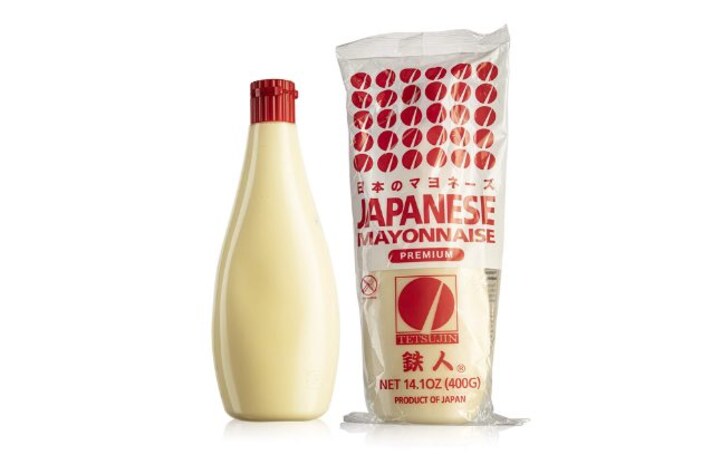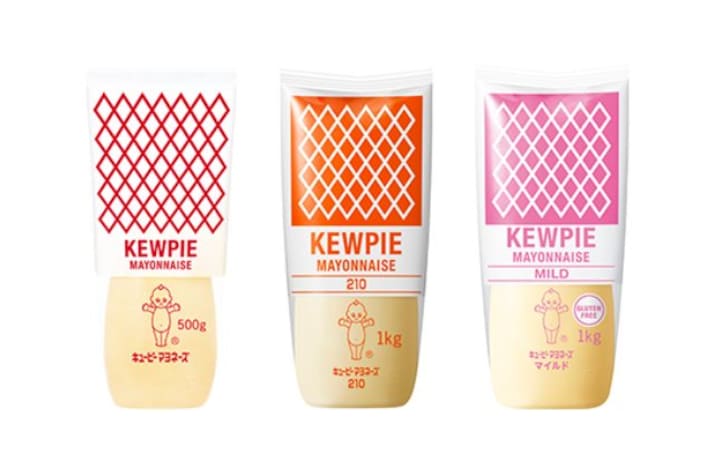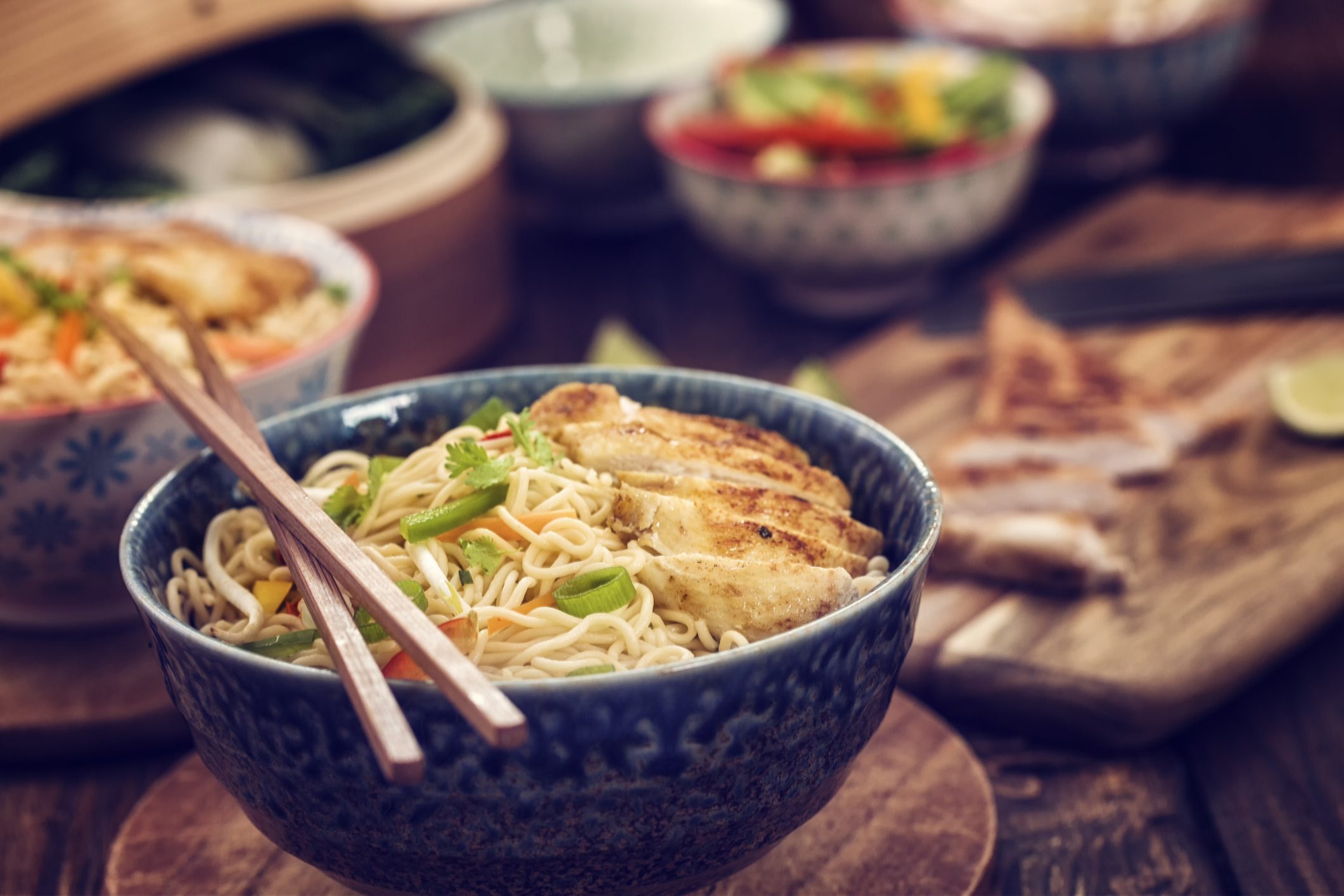What’s The Deal With Japanese Mayo and What Makes it So Special?
Japanese mayo, like Kewpie, stands out from American mayo with its richer flavor, creamier texture, and ingredients like egg yolks, rice vinegar, and MSG. Made with high-quality components, it’s known for its umami-packed taste. While regular mayo can be tweaked with rice vinegar and sugar to mimic it, the real deal elevates dishes like sushi and sandwiches, making it a must-try condiment.

Japanese mayo, or Kewpie mayonnaise, has a cult following among food lovers for its rich, umami-packed flavor. Originating in Japan in the 1920s, this creamy condiment has transcended its humble origins, finding a place in everything from sushi rolls to fusion burgers. Its distinct taste and silky texture set it apart from regular mayonnaise, and for those who’ve tried it, there’s often no going back. But what exactly makes Japanese mayo so special, and how does it differ from the American staple? Let’s crack the egg and find out.
What Is Japanese Mayo Made Of?
The magic of Japanese mayo comes down to its simple yet intentional ingredients. At its core, it’s made from egg yolks, oil (usually soybean or canola), rice or apple cider vinegar, and a hint of MSG for that extra umami kick. The lack of water in the recipe ensures a creamier, more concentrated consistency. Kewpie, the iconic brand synonymous with Japanese mayo, is particularly strict about using high-quality ingredients, which further enhances the flavor. In some recipes, there’s even a touch of sugar or mustard to balance the acidity and bring out the richness.

The Key Difference Between Japanese Mayo and American Mayo
At first glance, Japanese mayo may look like your everyday mayonnaise, but one taste will prove otherwise. The primary difference lies in the ingredients and flavor profile. Japanese mayo uses egg yolks exclusively, giving it a deeper, richer taste compared to American mayo, which typically uses whole eggs. It also incorporates rice vinegar or apple cider vinegar instead of distilled white vinegar, adding a slightly tangy and sweet undertone. Another secret weapon? A touch of MSG, which enhances its savory depth. Texture-wise, Japanese mayo is smoother and creamier, while American mayo leans lighter and tangier. Think of Japanese mayo as the luxury version of the condiment world—same core idea, but way more elevated.
Can Regular Mayo Be Turned Into Japanese Mayo?
Craving that luxurious Japanese mayo vibe but only have regular mayo on hand? No problem! While you won’t achieve the exact taste, you can get pretty close with a few tweaks. Start with a high-quality American mayo as your base. Mix in a splash of rice vinegar, a pinch of sugar, and, if you’re comfortable with it, a dash of MSG or soy sauce for an umami boost. The result won’t be identical, but it will capture the tangy sweetness and creamy texture that makes Japanese mayo so beloved.

What Can Substitute for Japanese Mayo?
If Japanese mayo isn’t within reach, there are a few substitutes that can work in a pinch. A quality full-fat American mayo can be adjusted as described above to mimic the flavor. Alternatively, aioli—especially one made with roasted garlic—can bring a similar creaminess and depth. Some health-conscious folks even mix Greek yogurt with a bit of sesame oil and vinegar to replicate its tangy, rich profile. While nothing truly matches the unique flavor of authentic Kewpie mayo, these options can hold you over until you restock your pantry.
Why You Should Try Japanese Mayo
Whether you’re a mayo enthusiast or someone who only dabbles in condiments, Japanese mayo is worth the hype. Its rich, velvety texture and umami-packed flavor elevate simple dishes into something special. From drizzling it over okonomiyaki to slathering it on sandwiches, Japanese mayo has endless culinary possibilities. And while it’s not hard to find substitutes, nothing beats the real deal. So, next time you spot a bottle of Kewpie in the international aisle, grab it—you might just discover your new favorite condiment.
;Resize,width=767;)
;Resize,width=712;)
;Resize,width=712;)

